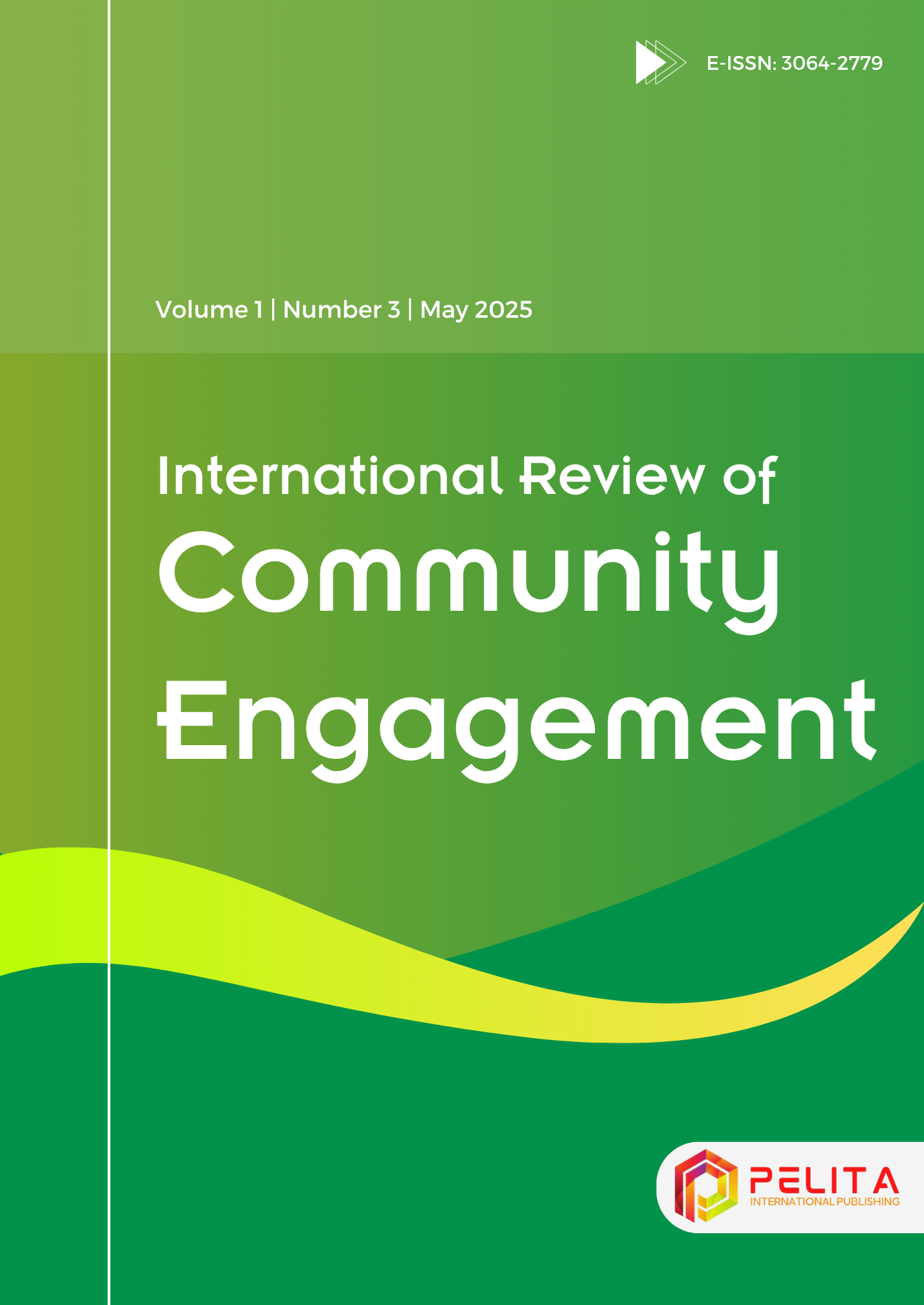
Empowering elementary teachers through audio-visual media training with Microsoft PowerPoint
DOI:
10.62941/irce.v1i3.163Downloads
Abstract
This community service program aims to improve the pedagogical competence of teachers at SD Negeri 4 Bireuen through training on the use of Microsoft PowerPoint as an interactive and effective teaching medium. The activity includes the delivery of relevant information and direct hands-on training to classroom teachers, focusing on the development of simple animations and audio-visual teaching materials using PowerPoint. The lecture method was used to introduce the concept and importance of interactive learning media in the teaching and learning process. This was followed by practical sessions and a question-and-answer segment to clarify any unresolved issues. The results indicate an increase in teachers’ understanding and knowledge of instructional media, as well as improved skills in creating simple animations and audio-visual teaching content using Microsoft PowerPoint.
Keywords:
Community service teacher training PowerPoint audio-visual media instructional technologyLicense
Copyright (c) 2025 Tawakal, Alyadi S, Imran Fadhil, Khairul Rizal

This work is licensed under a Creative Commons Attribution-ShareAlike 4.0 International License.









